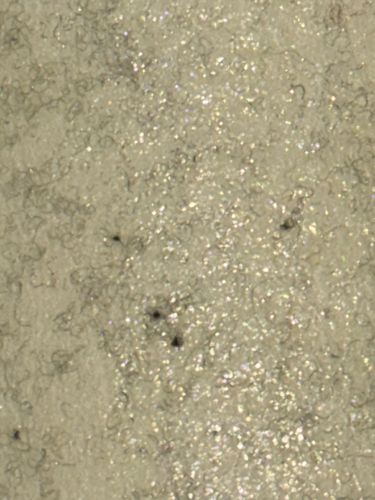Mold Mites
Scientific Name: Tyrophagus putrescentiae (common species, but many mite species can be found in similar conditions)
Order & Family: Order: Sarcoptiformes, Family: Acaridae (for many common storage mites)
Size: Typically 0.2 - 0.5 mm, appearing as tiny, specks, almost microscopic to the naked eye.

Natural Habitat
Damp, humid environments with high organic matter, frequently found in stored food products (grains, cheese, dried fruits), damp basements, bathrooms, and areas with mold growth. They are not insects but arachnids (mites).
Diet & Feeding
Primarily feed on fungi (mold) and organic debris, including decaying plant and animal matter, stored food products, and even other small invertebrates.
Behavior Patterns
Thrive in high humidity (above 65%) and moderate temperatures. They reproduce rapidly under favorable conditions, forming large populations. They are often found in clusters and can move slowly across surfaces. Their presence often indicates moisture issues or poor ventilation.
Risks & Benefits
Potential Risks: Can contaminate stored food products making them unfit for consumption and causing economic losses. They can cause allergic reactions (dermatitis, respiratory issues like asthma) in sensitive individuals due to their presence, excretions, and shed skins. They do not bite humans directly. Potential Benefits: As detritivores, they contribute to the decomposition of organic matter, but typically their role in this is overshadowed by their pest status in human environments.
Identified on: 9/5/2025